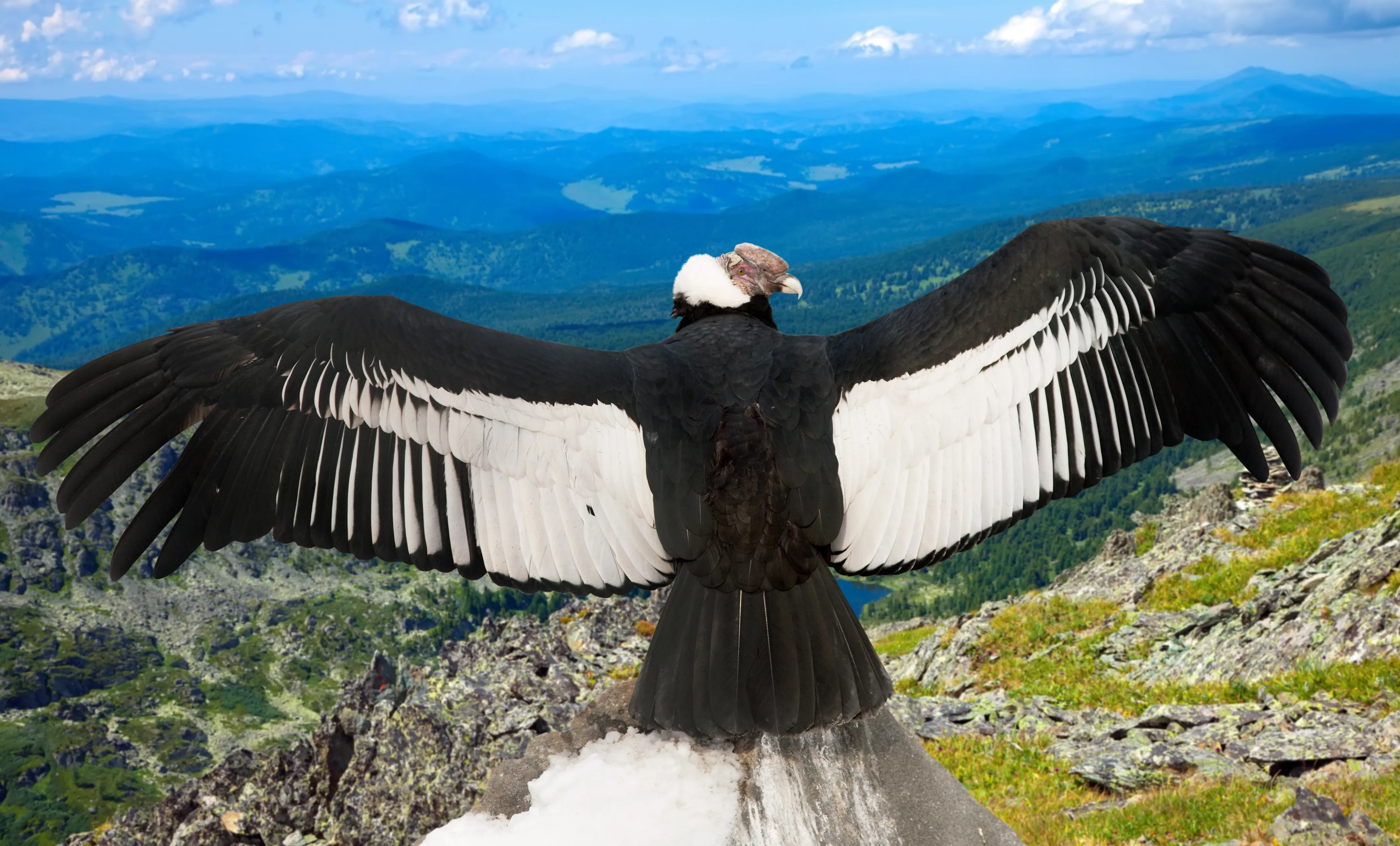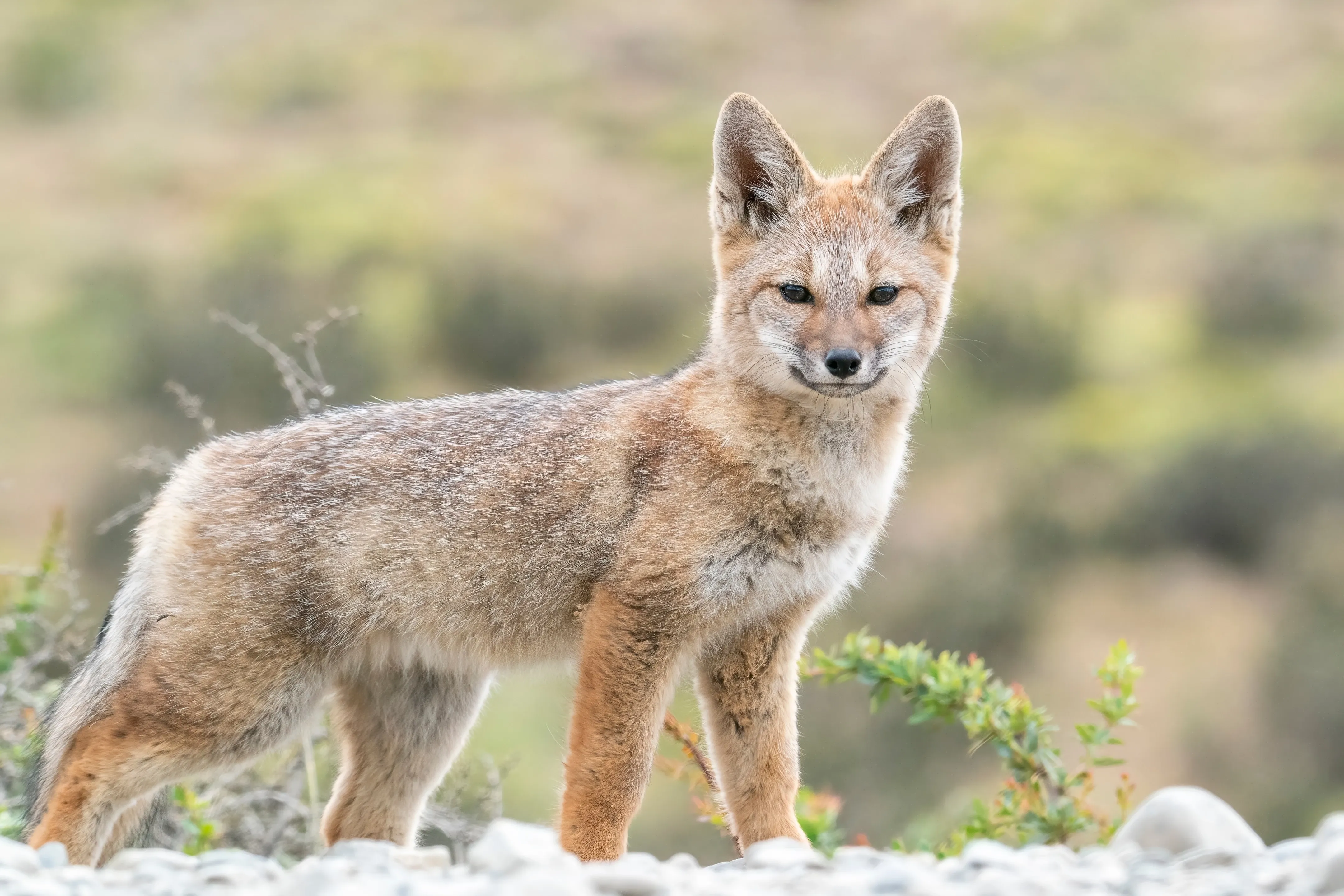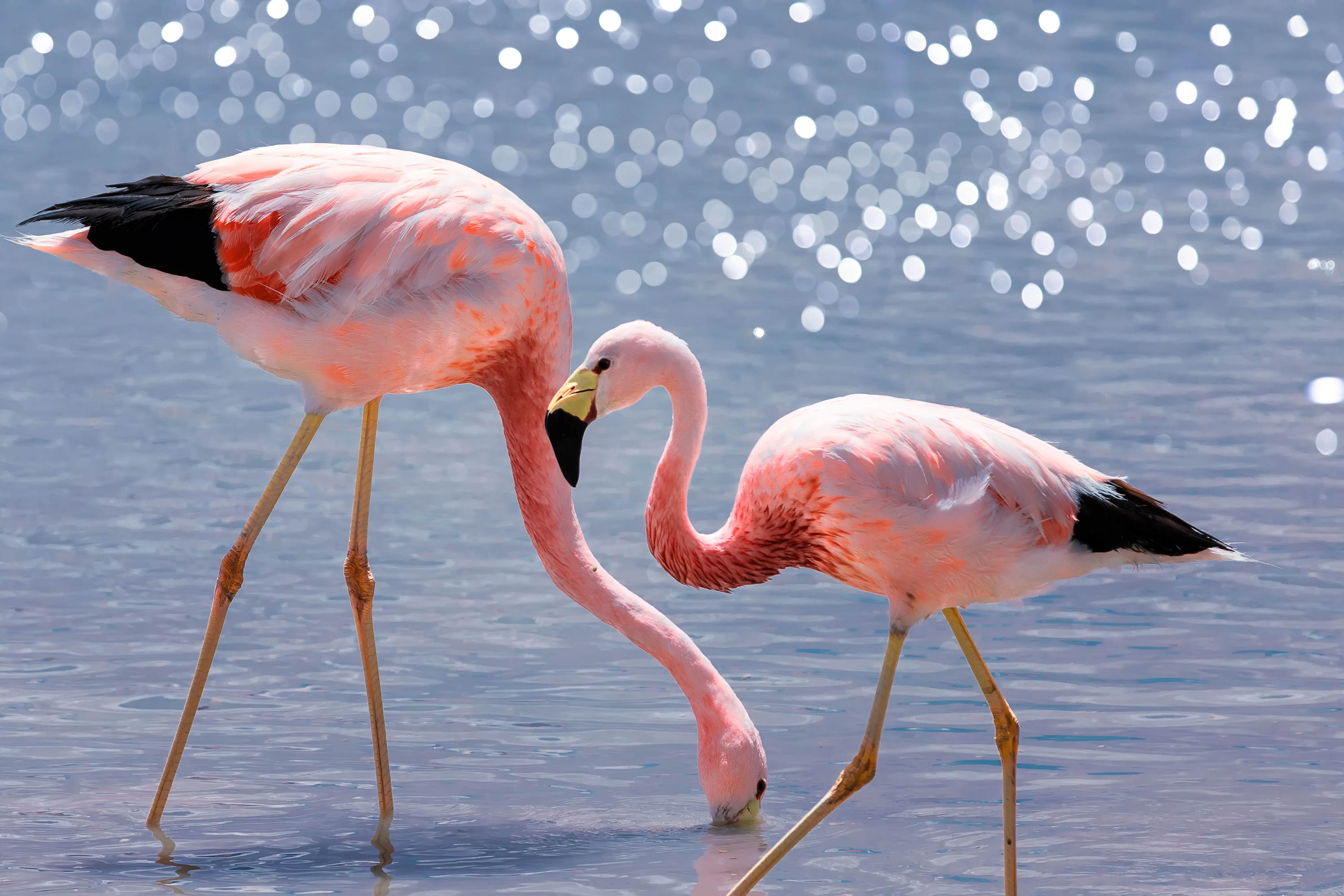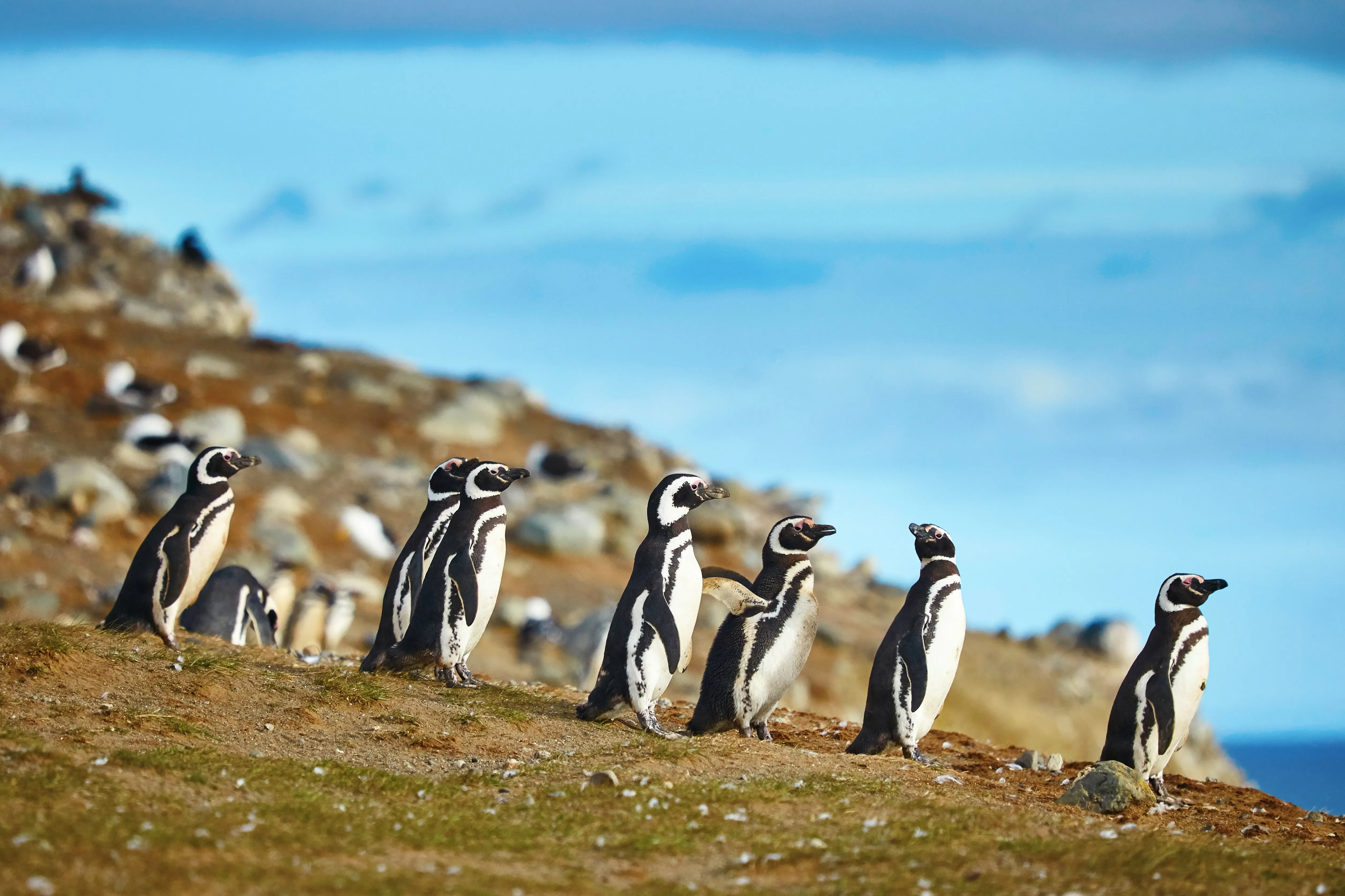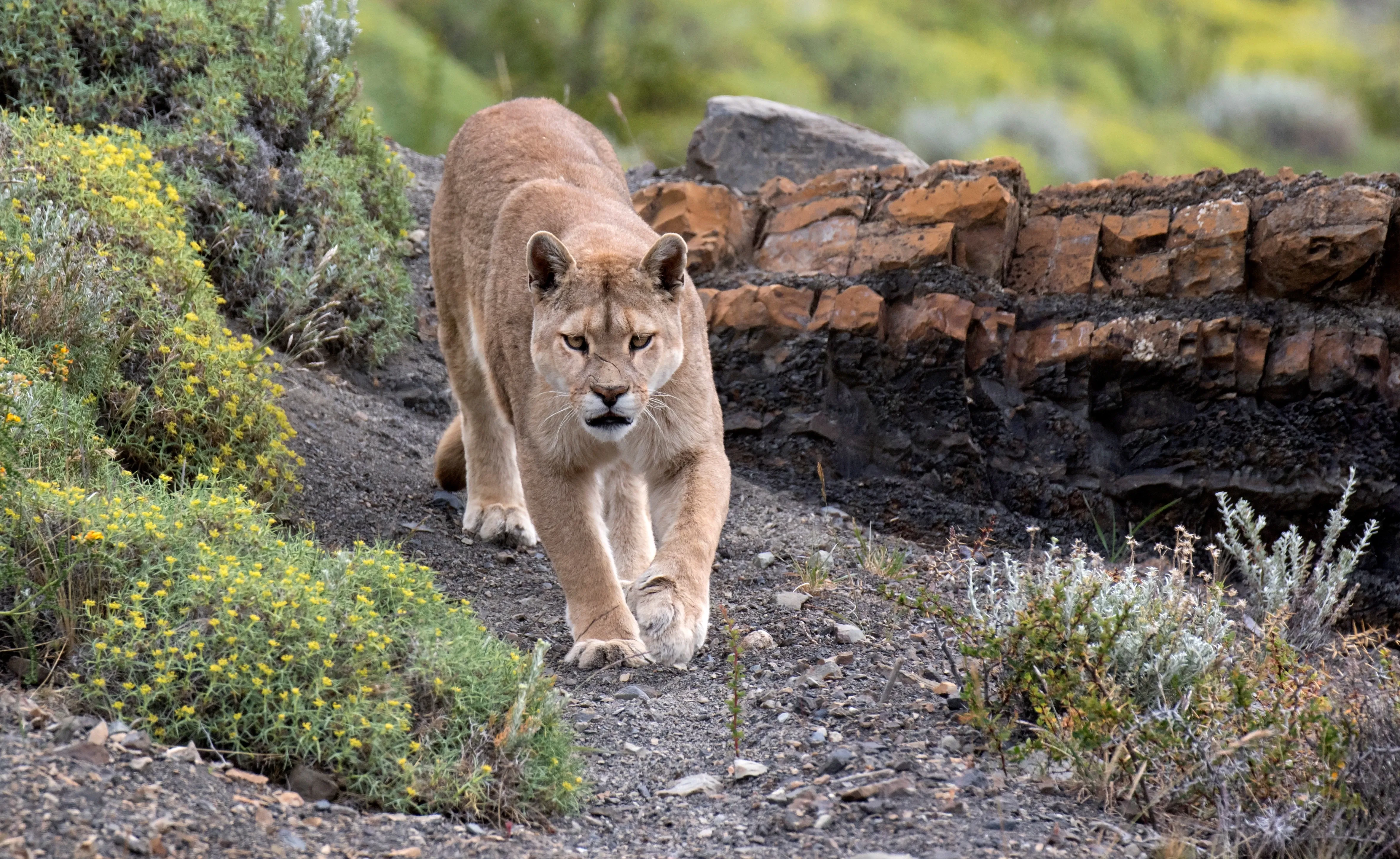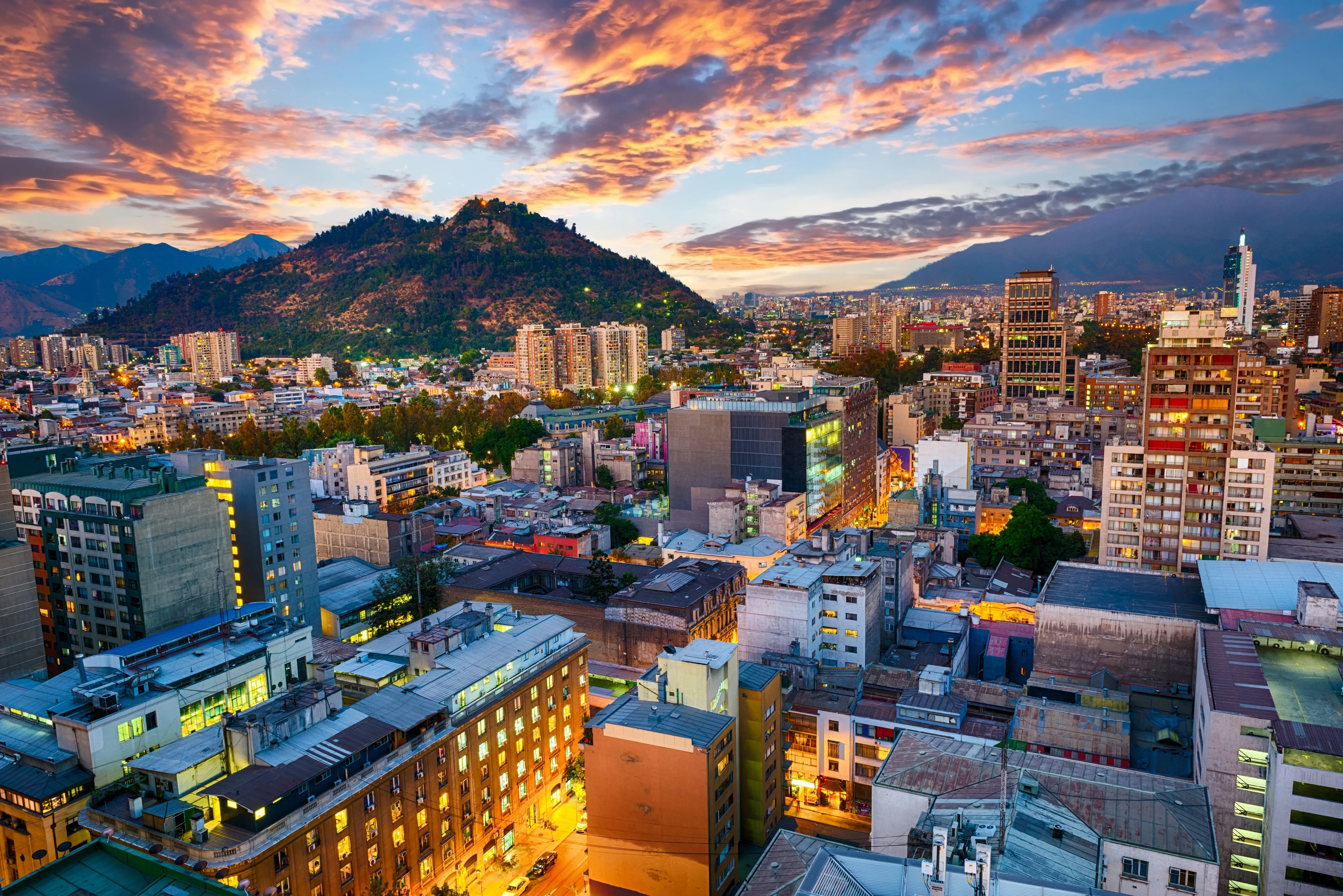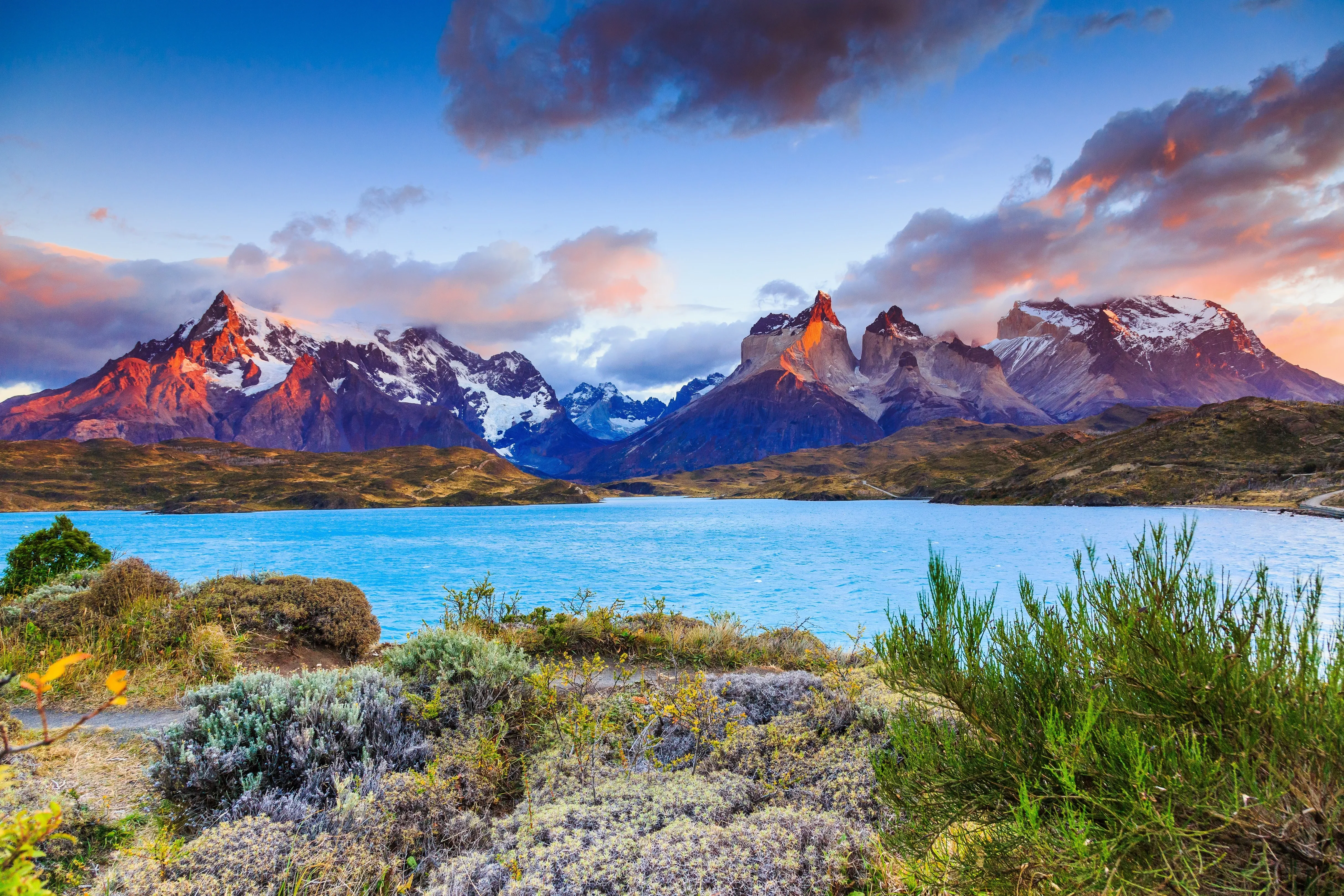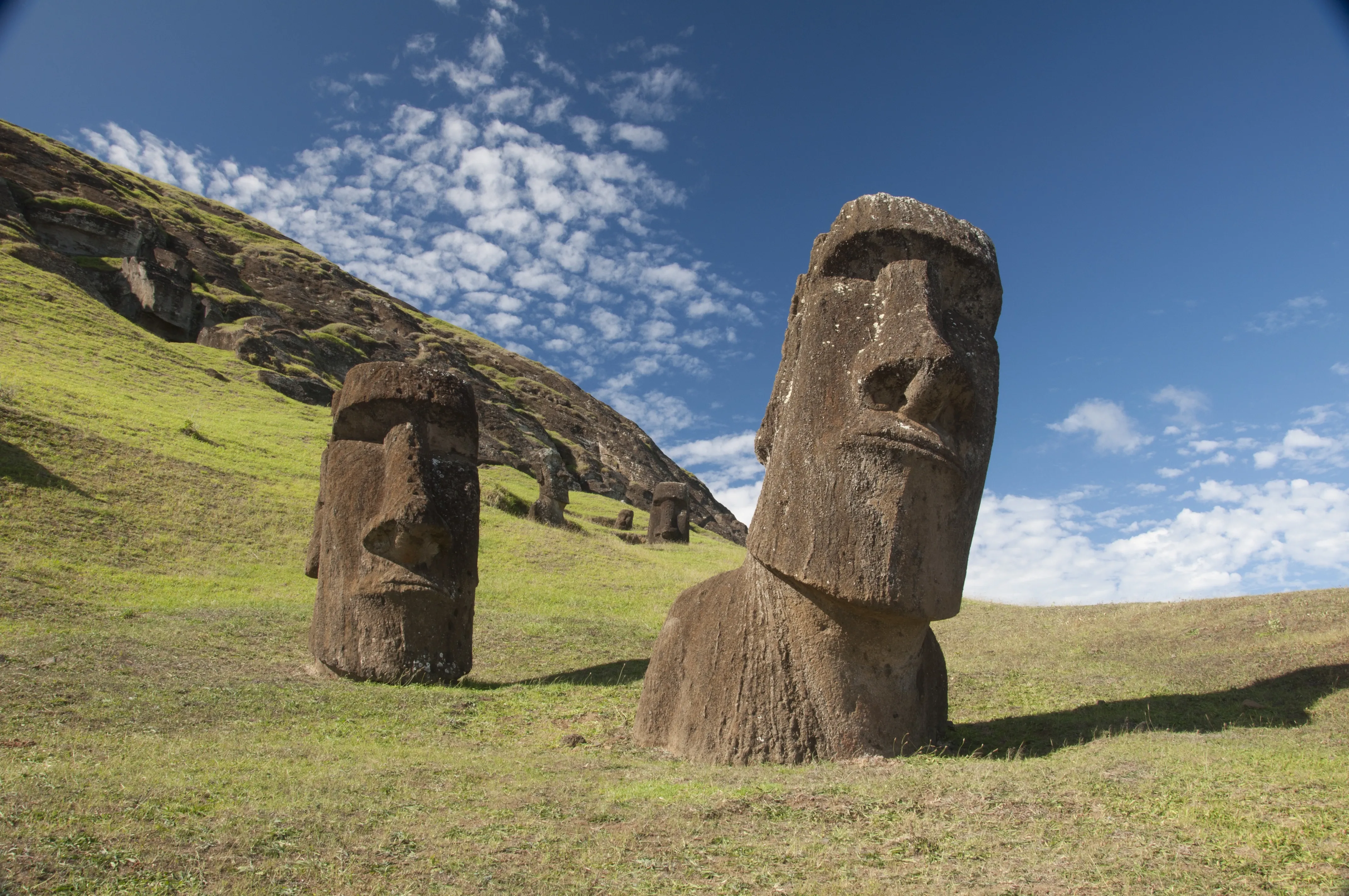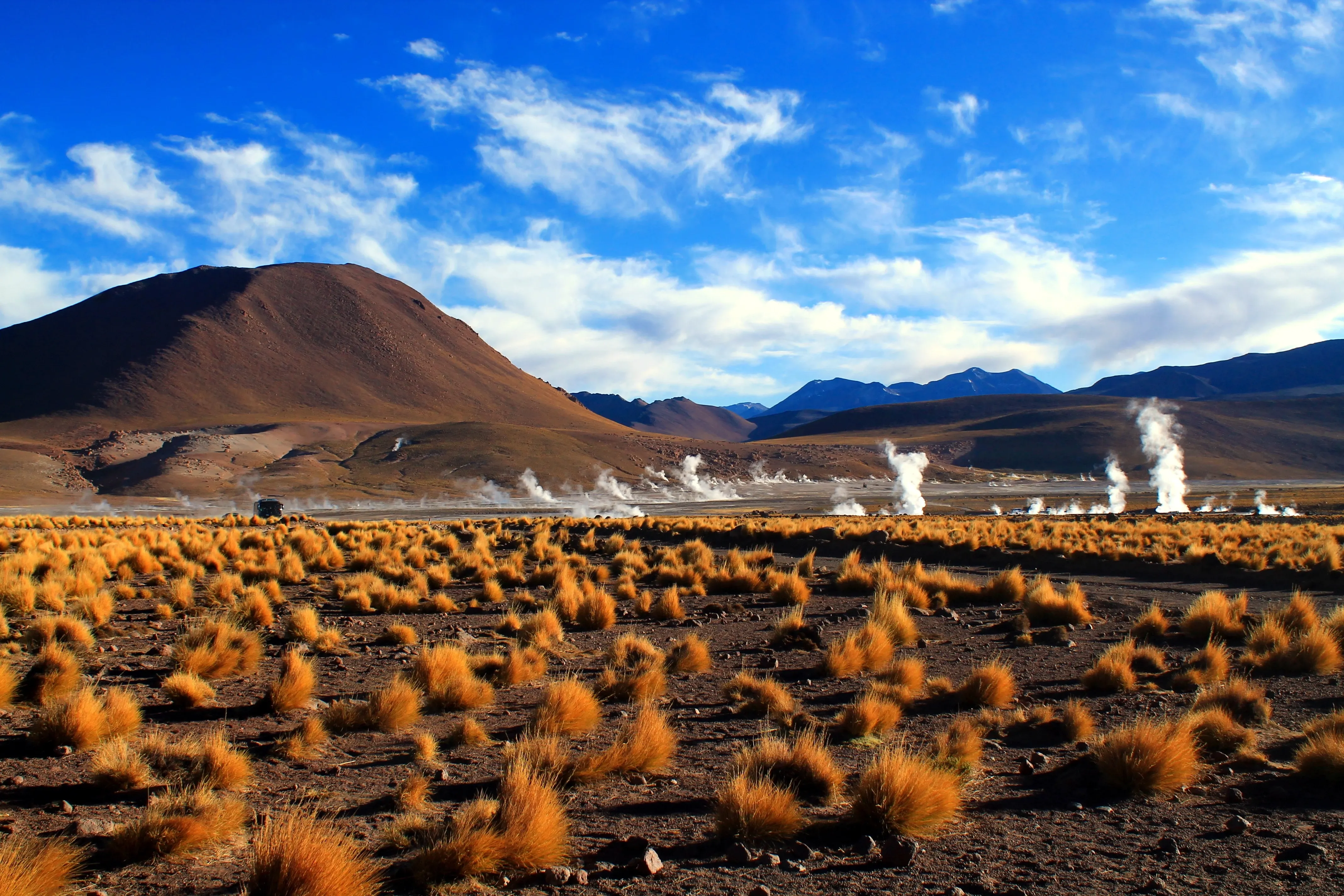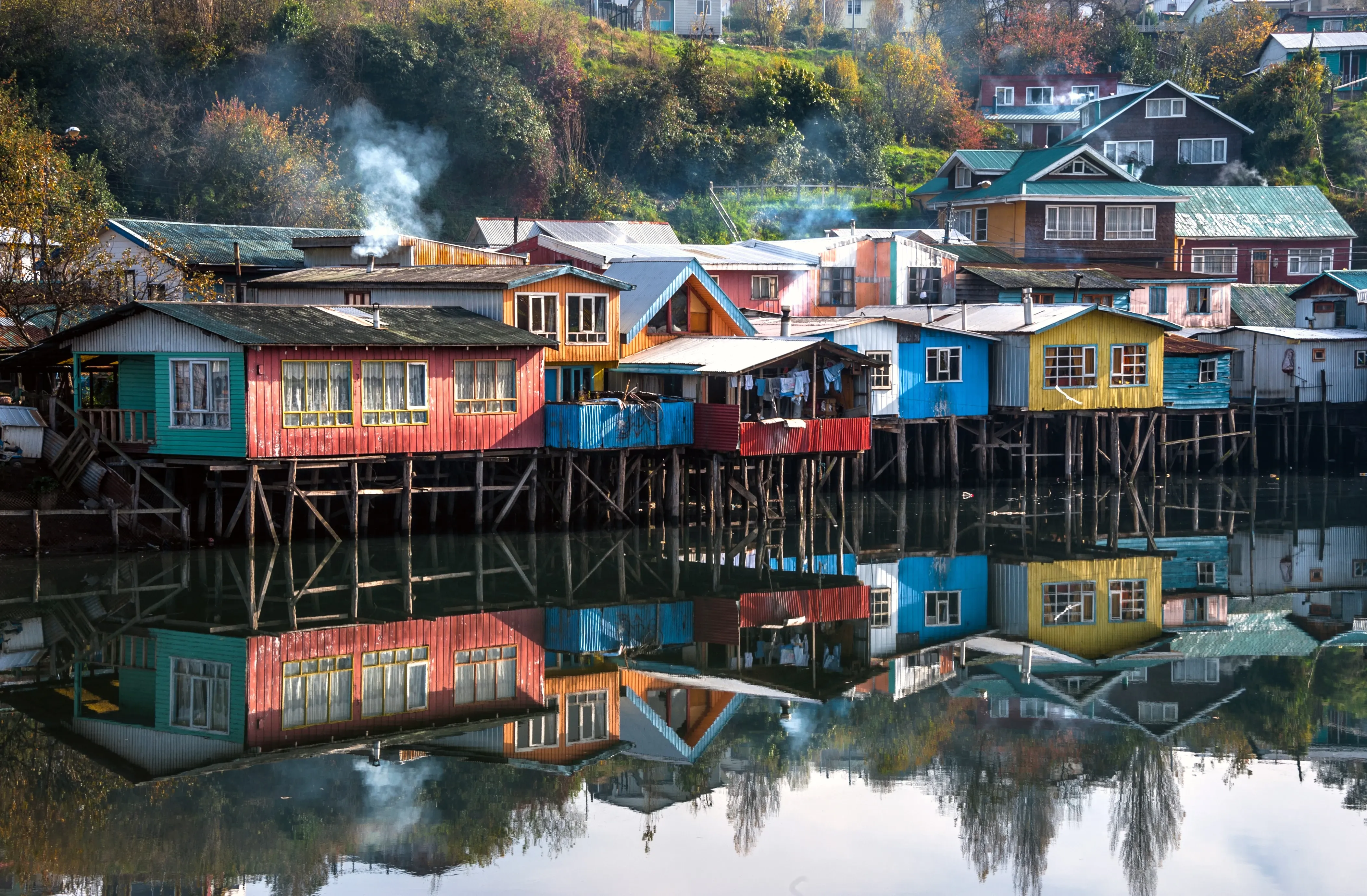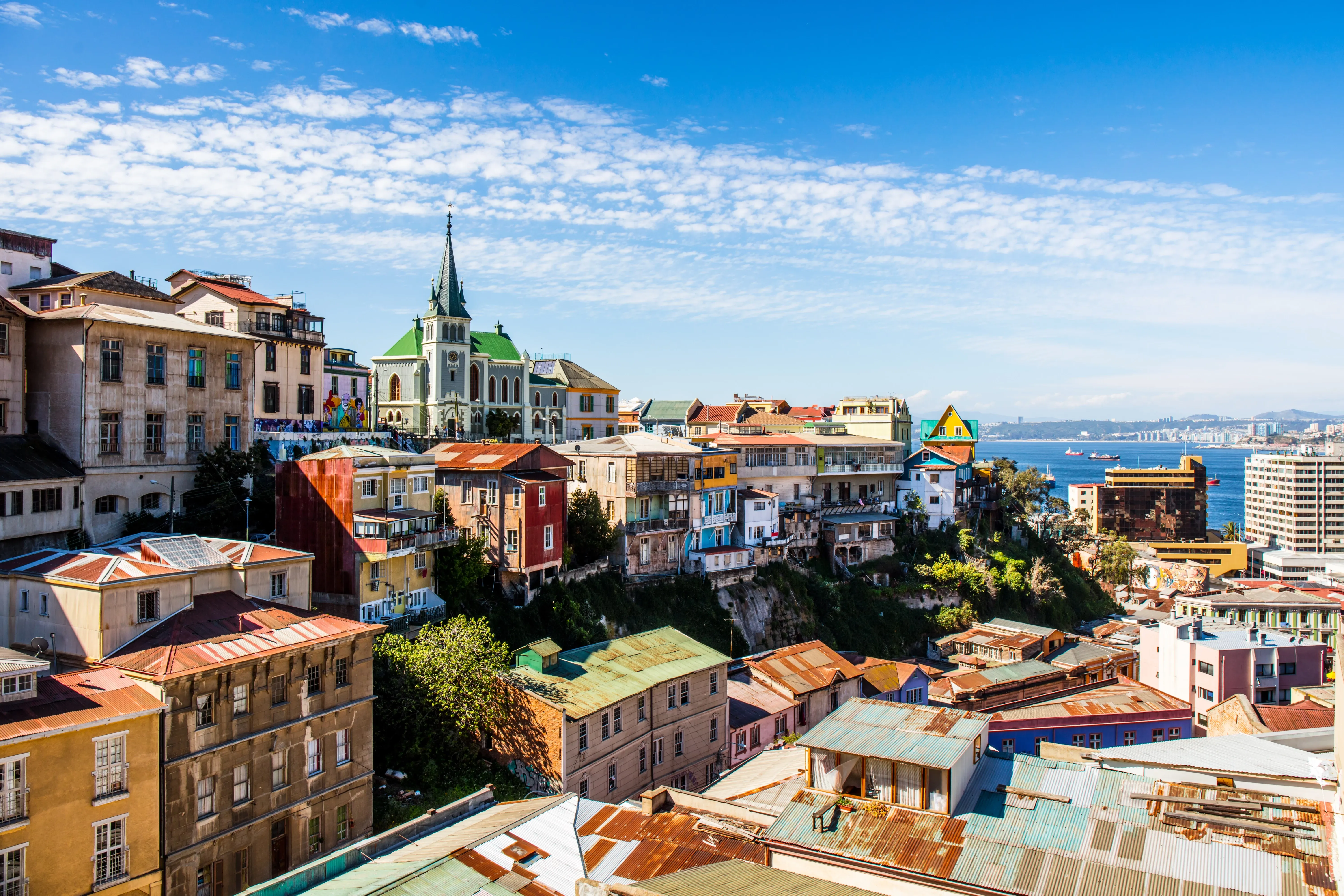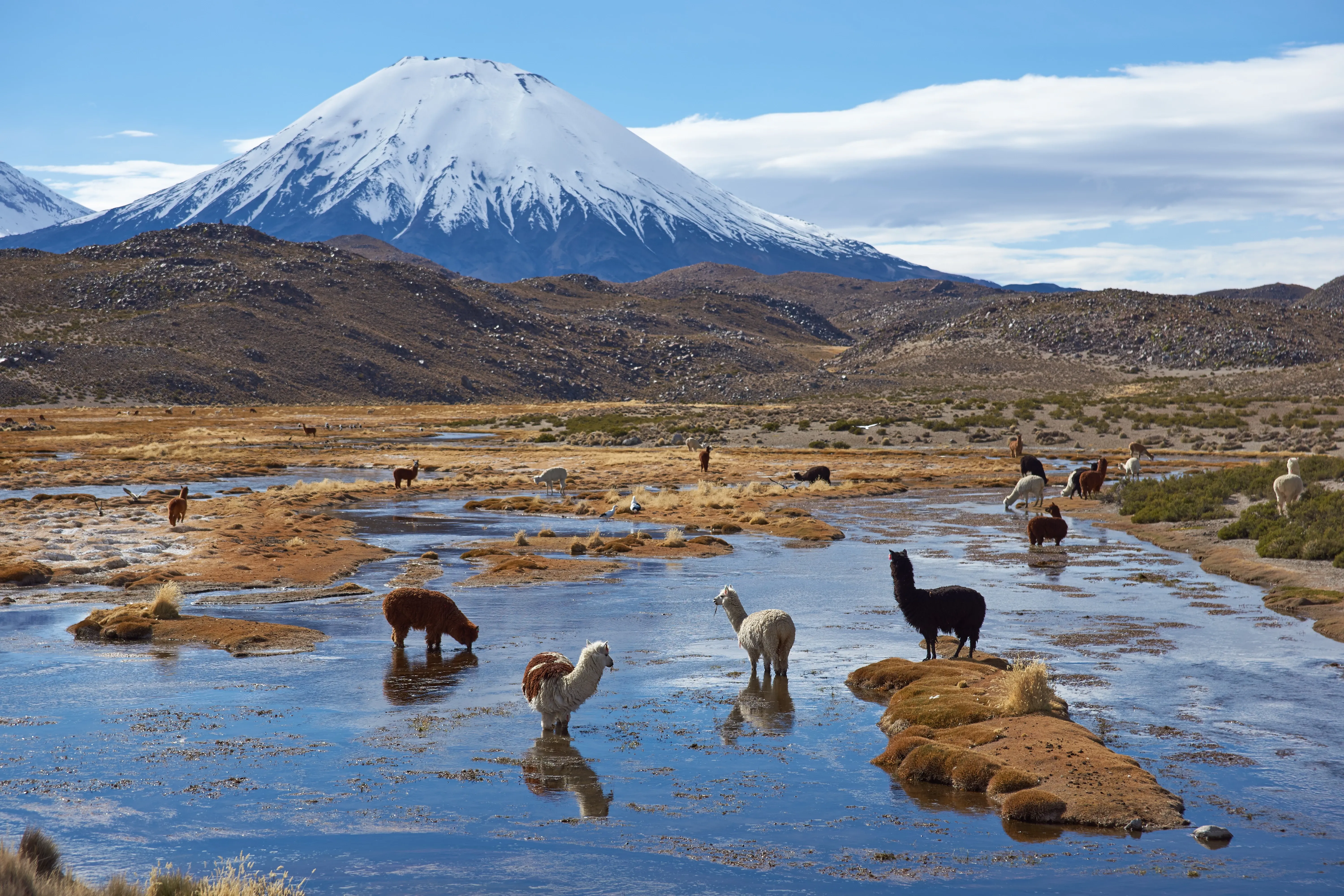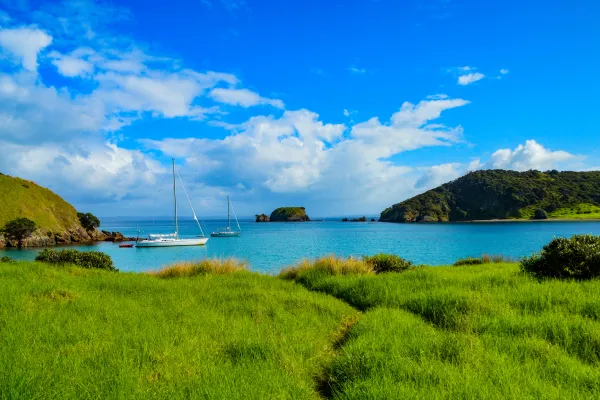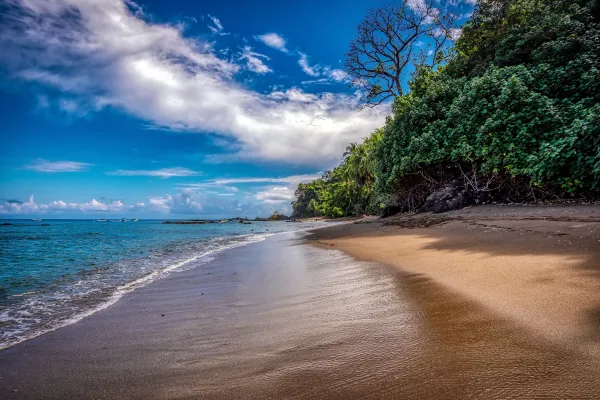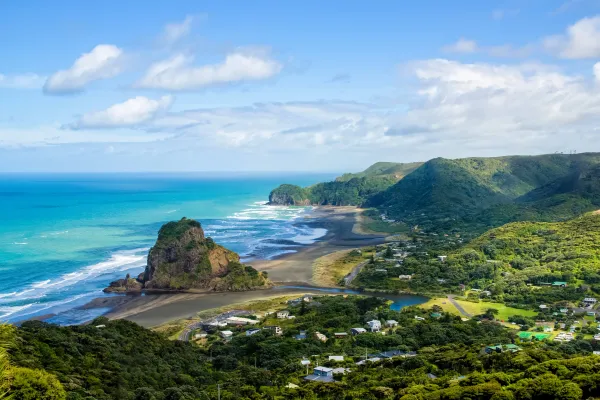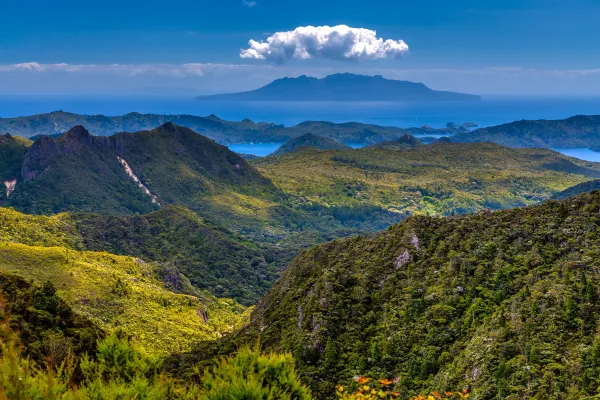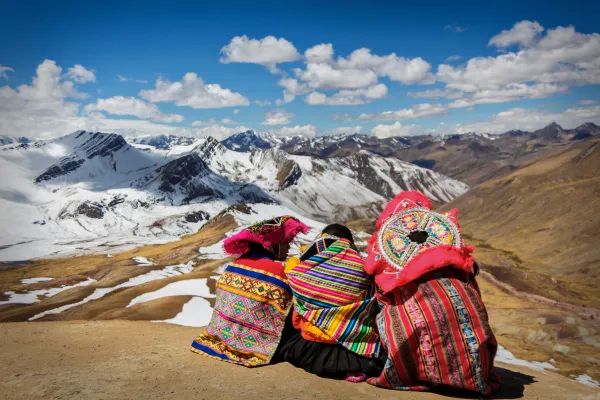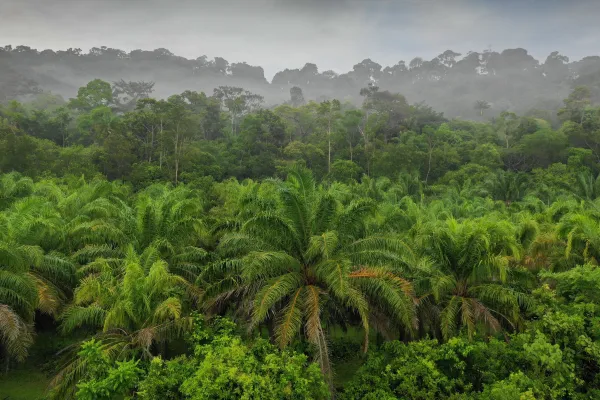Chile - Wildlife and nature highlights
Chile snakes its way down South America in a slender line from the continent's centre to its tip. Located between the Andes and the Pacific, it is the world’s longest country, measuring 4.300 kilometres north to south. However, nowhere is it broader than 180 kilometres across. Its diverse landscapes range from the arid climes of the Atacama Desert to the glacial southern reaches of Patagonia. Numerous beaches dot the coastline, while idyllic islands rest offshore.

Chile’s dramatic scenic contrasts have also earned it the nickname “Land of Fire and Ice”. However, its visual diversity is rivalled by its wealth of wildlife. Furthermore, the nation’s eclectic culture is no less colourful than its spectacular natural attractions.
Excurs: Culture and history of Chile
Chile has had a tumultuous history. Its earliest records describe battles between the Mapuche, Incas, and other indigenous tribes, who fought ferociously over the serpentine territory. However, the arrival of the Spanish derailed the indigenous occupation of this sliver of the continent. Neither the Mapuche nor their local rivals took well to this colonial invasion. In the following centuries, Chile was beset by bloody battles between local and colonial forces. The nation eventually won independence in 1818, and Salvador Allende established a socialist government. However, civil unrest instigated by left-wing forces plagued the new president’s rule.
In 1974, Augusto Pinochet abruptly silenced the ongoing turmoil with a coup and implemented a series of brutal “reforms”. This was a dark and dictatorial chapter in Chilean history, defined by gross repression and human rights abuses. However, Pinochet’s iron-fist regime ended in 1990 after 55% of Chileans voted against extending his presidential term in a national referendum. Following his exodus, the country stabilised, and the economy prospered.
Today, Chile is one of the continent’s most prosperous and progressive countries, rating 43rd on the Human Development Index. It has reshaped the scars of its past into a rich tapestry of indigenous and colonial influences, with a dash of unique national flair. From Easter Island’s mysterious legacy to Chiloe’s Jesuit churches, Chile’s visitors will find cultural intrigue everywhere.
Chile's nature and wildlife
Chile’s immense longitude means it incorporates a diverse spectrum of ecosystems. These environments range from tropical islands and coastal metropolises to serrated massifs, glacial fields, windswept prairies, and desert flats. These unique habitats shelter different flora and fauna and contribute to the country’s incredible biodiversity. Moreover, several of Chile’s wildlife species are among the rarest and most threatened animals on the planet.
Andean condor
The Andean condor is the planet’s largest flying bird, with a wing span of up to 3.3 metres. It is found only in the frosty climes of the Andean mountains across Argentina, Colombia, Ecuador, Bolivia, Peru, and Chile. This raptor has a special place in Chilean culture. It is a national icon that appears on the country’s coat of arms and features prominently in Andean folklore. However, the condor is classified as vulnerable by the IUCN, with numbers estimated to be as low as 10,000 individuals globally.
Gray fox
The gray fox is almost feline in its elegance. It occurs in shades of silvery gray that camouflage it against the icy landscapes of Patagonia, where it lives.
Flamingo
Flocks of flamingos are an iconic feature of the Atacama Desert’s lakes and saline flats. They form an unforgettable vibrant spectacle in this desolate environment, highlighted by stark white salt pans and cerulean blue lagoons.
Penguins
Chile’s expansive coastline is home to several penguin species, including Magellanic, Gentoo, rockhopper, Humboldt, and king penguins. King penguins rarely venture north of Antarctica. However, a small colony has established itself on the Chilean coast near Punta Arenas.
Puma
Pumas inhabit 28 countries across North and South America. However, scientists estimate that only around 50,000 sexually mature pumas remain in the wild globally. The IUCN lists them on its Red List of Threatened Species. One of the largest puma subspecies inhabits Chile’s remote and icy southern region of Patagonia. The Torres del Paines National Park is a critical puma conservation area. Following significant conservation efforts to protect these big cats and revive their population, approximately 60 pumas now inhabit the reserve.
Highlights of the destination Chile
#1 Santiago de Chile
Chile’s capital is a bustling, sprawling metropolis framed by snow-capped mountains. It offers a plethora of dining, shopping, leisure, and entertainment options. You can ski and visit the beach within hours of each other.
#2 Torres Del Paine National Park
Torres del Paine National Park is situated in Chile’s icy far southern region of Patagonia. Despite its isolated location, the reserve’s dramatic scenery makes it one of the country's most popular tourist destinations. The iconic stone spindles of its mountain 'towers' rest against a striking backdrop of jade glacial lakes, rushing rivers, and dense forests. This rugged wilderness is a haven for some of the country’s most spectacular and endangered wildlife, including pumas and Andean condors.
#3 Easter Island
Known as Rapa Nui in Polynesian, Easter Island is the most isolated inhabited island on earth. Situated over 2,000 kilometres from the nearest populated outpost, it features one of Chile’s most curious cultural legacies. Around 900 enormous sculptures of human heads and busts, rendered from solidified volcanic ash, are scattered along the coastline.
Researchers estimate that these figures, called moai, were carved around 10 centuries ago. The early Polynesians who created these massive monoliths disappeared from the island without a trace, leaving only their monumental rock creations and mysteries behind.
#4 San Pedro de Atacama
The tiny town of San Pedro de Atacama is the gateway to the planet’s driest desert, the Atacama. Located in northeast Chile close to the Peruvian border, sprawling salt flats and rust-coloured mountains surround it. The town's isolated location provides unparalleled viewings of the region's dazzling night skies and is famed for its star tours. Additionally, in the surroundings, you will find steaming geysers and saline lakes painted pink with flocks of flamingos.
#5 Chiloe Island
Chiloe Island is a remote destination on the west coast with unique culture and architecture. In the 17th and 18th centuries, Jesuit missionaries built hundreds of timber churches in an attempt to convert the area to Christianity. Their efforts, combined with local influences, culminated in a blend of Catholic and indigenous design elements that still define the region today.
#6 Lauca National Park
This spectacular wilderness region stretches across almost 1,400 square kilometres of the Andean Mountains in Chile's northern reaches. It features rugged snow-capped conical craters, azure volcanic lakes, and myriad bird species.
#7 Valparaiso
This character-filled coastal city is the softer and more atmospheric sister city to the capital, Santiago. It was a favourite haunt of the legendary Chilean poet Pablo Neruda, whose former home is now a local museum dedicated to this beloved Chilean figure. Today Valparaiso retains its status as a cultural hub, featuring a vibrant street art scene and brightly painted homes.
Sign up for the newsletter
By clicking on “Subscribe now” I will subscribe to the Conscious Explorer newsletter with all the information about mindful travel. Information on the success measurement included in the consent, the use of the shipping service provider MailChimp, logging of the registration and your rights of revocation can be found in our privacy policy.

